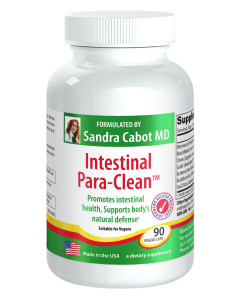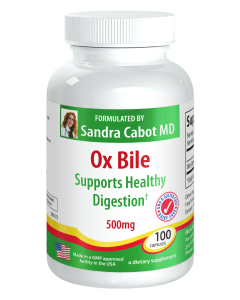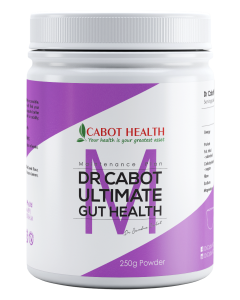
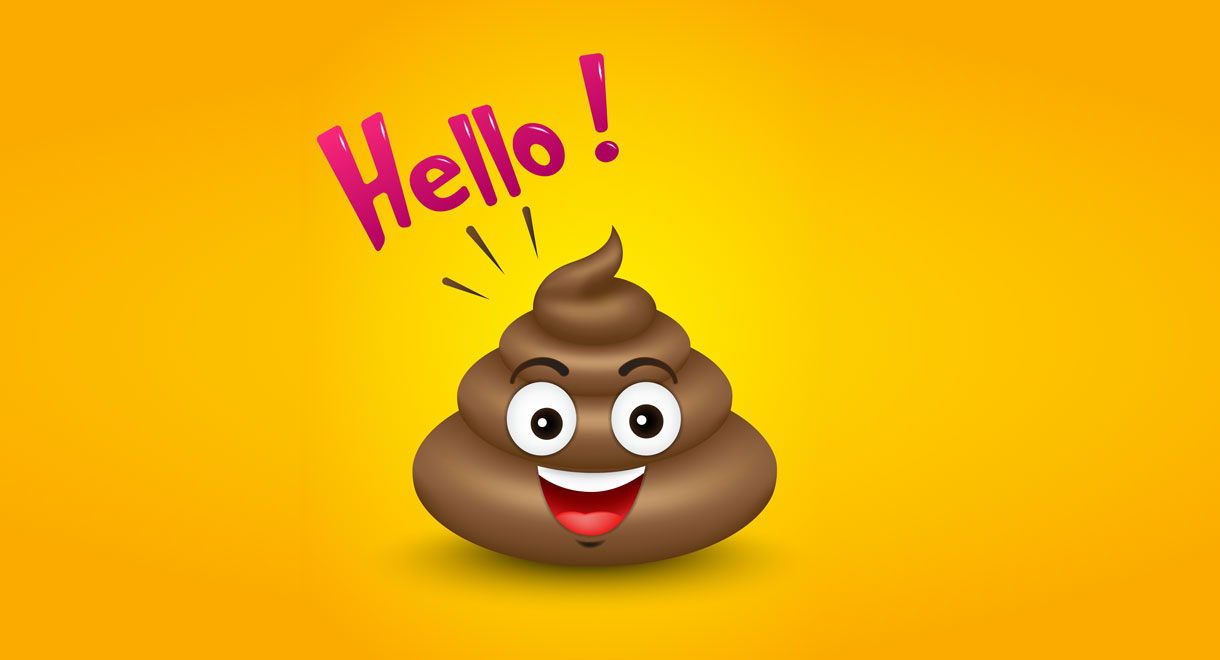
What Is The Color Of Your Poop Telling You?
Do you pay much attention to the color of your poop? Perhaps you should, because it can give you vital clues about your state of health. Normal healthy stool is a dark brown color. Variations in color can indicate problems with the health of your digestive system and even problems in other organs of your body.
What should normal poop look like?
It is normal for your stool to vary slightly depending on what you’ve eaten recently, how much you ate, whether you’ve eaten in a hurry, and the fluids you’ve consumed. Having said that, normal stool should be formed and be dark brown.
Many people will find the idea of checking their bowel actions a little gross or distasteful, but it’s worth doing. Always have a look at your bowel actions to observe their color and consistency.
Are you familiar with the Bristol stool chart? It is a medical aid designed to classify feces into seven groups. It enables you to identify whether the consistency of your stool is normal or not. The shape of your stool is largely determined by the length of time it spends in your colon. Dry, hard stools have been there for too long, while mushy, watery stools are passing through too quickly. Your stool is supposed to be soft and easily passed.
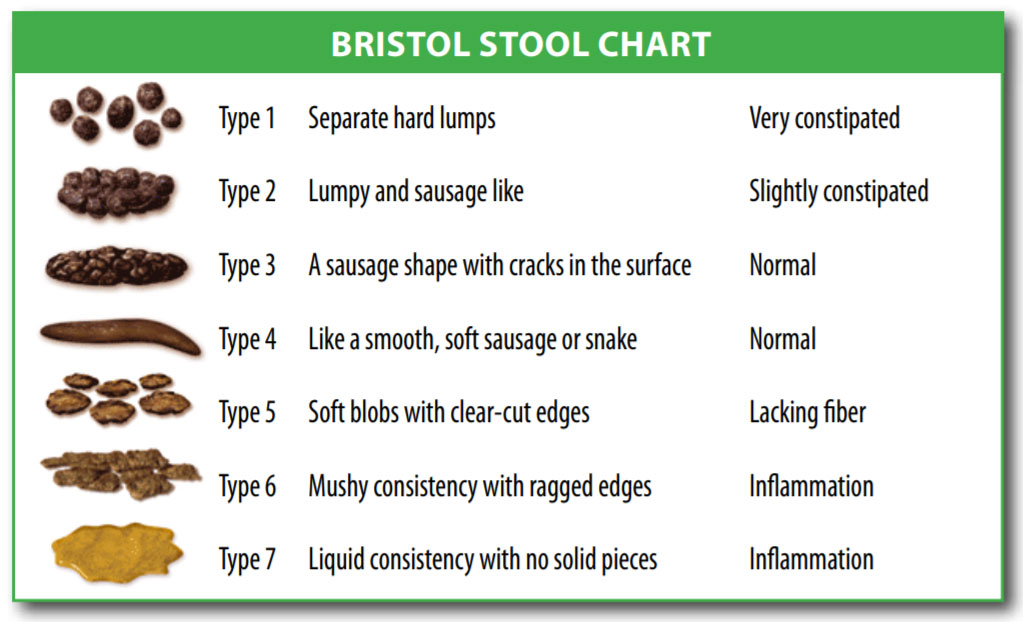
Yellow stool
Going overboard with turmeric, curry and orange vegetables like pumpkin can make your stools look more yellow. Another possibility is a gut infection, especially if accompanied by abdominal cramps, stool urgency and loose consistency. Ask your doctor for a stool test to check for parasites. Giardia infection is one possible cause of yellow stools. Intestinal Para Cleanse capsules help to kill parasitic gut infections. Sometimes people taking medication for reflux and heartburn can have stool that is more on the yellow spectrum.
Greasy looking stool
This can occur if you have eaten a lot of oily foods recently. If your stools regularly look greasy, it is probably because you are not digesting fat properly. This is a problem because you’ll be missing out on precious essential fatty acids like omega 3 fats, which are necessary for reducing inflammation in your body. You will also be missing out on fat soluble vitamins like vitamins A, D, E and K2, as well as fat soluble antioxidants like lycopene and lutein. Greasy stools can sometimes float, look frothy and have a foul-smelling odor. Gallbladder problems, liver problems and digestive disorders like celiac disease can sometimes be responsible. Taking an ox bile supplement and digestive enzymes can make the world of difference and help you absorb beneficial fats from your diet.
Pale stool
The most common cause of pale stools is insufficient bile production. Your liver produces bile and your gallbladder stores and concentrates it. Bile is supposed to give your stool a dark brown color. It also acts as a deodorizer and helps to prevent your poop from being overly smelly. People who don’t produce enough bile can have these problems. A blockage of a bile duct from gallstones or a condition affecting your gallbladder, pancreas, or liver are potential causes of decreased bile secretion. My liver tonic Livatone Plus helps your liver to produce more healthy bile, while an ox bile supplement increases bile concentration in the intestines.
Green stool
The most common cause of green colored stools is a high green vegetable intake; whether it’s green juices, smoothies or soups. So if you’re currently on a detox, your poop could be looking more green. The green plant pigment chlorophyll is cleansing and detoxifying to your body and I encourage you to make raw vegetable juices regularly. If your stool looks green all the time, it could be because you’re not breaking down and digesting vegetables adequately. In that case, eating slowly, chewing thoroughly and taking a digestive enzymes supplement should help.
Mucus in stool
Your intestinal lining could be producing mucus because your gut is inflamed. This commonly occurs with inflammatory bowel disease such as ulcerative colitis or Crohn’s disease. In people with irritable bowel syndrome the intestines can over secrete mucus as well. Other potential causes of mucus in the stool are an infection or anal fissure. Please see your doctor if you notice mucus. Glutamine powder is wonderfully healing and soothing to the gut lining and essential for anyone with mucus in their poop. Glutamine supplementation can be found in our Ultimate Gut Health Powder.
Very dark stool
Your poop can look dark if you’ve overindulged in licorice or blueberries, or taken activated charcoal. Iron supplements also commonly make the stool look more dark. Sometimes stool that is very dark may indicate bleeding in the upper part of the digestive system, such as the stomach or esophagus. Medical conditions that can cause dark, tar-like stools include duodenal or gastric ulcers, esophageal varices and gastritis. Along with following your doctor’s recommendations, a glutamine supplement should help.
Bright red stool
Foods such as beets, tomato juice and red colored candy can give your poop a red appearance. Sometimes it can be caused by bleeding that comes from lower down in the digestive tract, such as the large intestine, rectum or anus. Conditions such as hemorrhoids, anal fissures, diverticulitis, ulcerative colitis or colon cancer may be responsible.
Most variations in the appearance of your poop are caused by harmless factors like diet changes or a mild gastro bug. However, it is important not to self diagnose. If you are experiencing a recent or persistent change in your bowel motions, please see your doctor.
The above statements have not been evaluated by the FDA and are not intended to diagnose, treat or cure any disease.
Know someone who might benefit from this article? Share it!
Need Help?
1-888-75-LIVER
Monday to Friday, 9:00 am to 5:00 pm MST
100%
Satisfaction Guaranteed
If it’s faulty or wrongly described, we’ll replace it.
